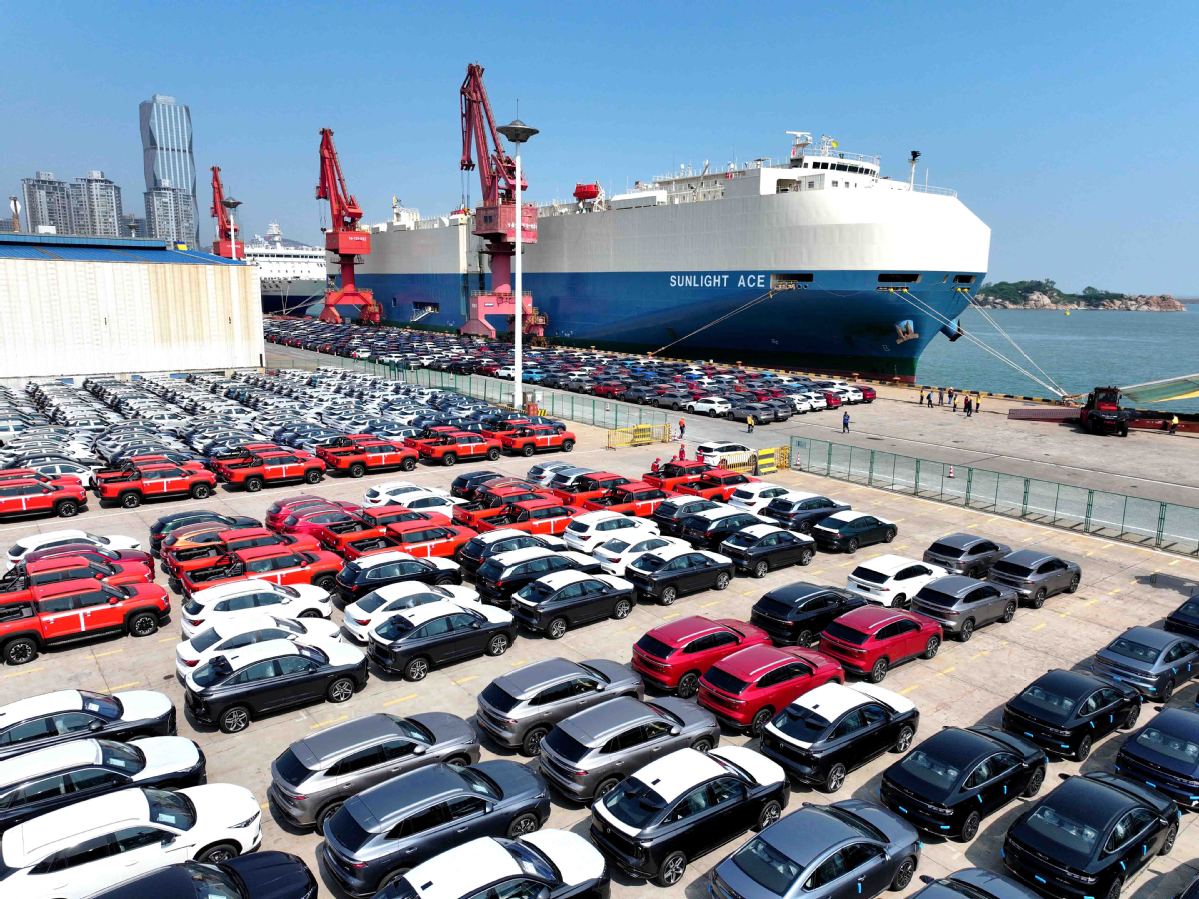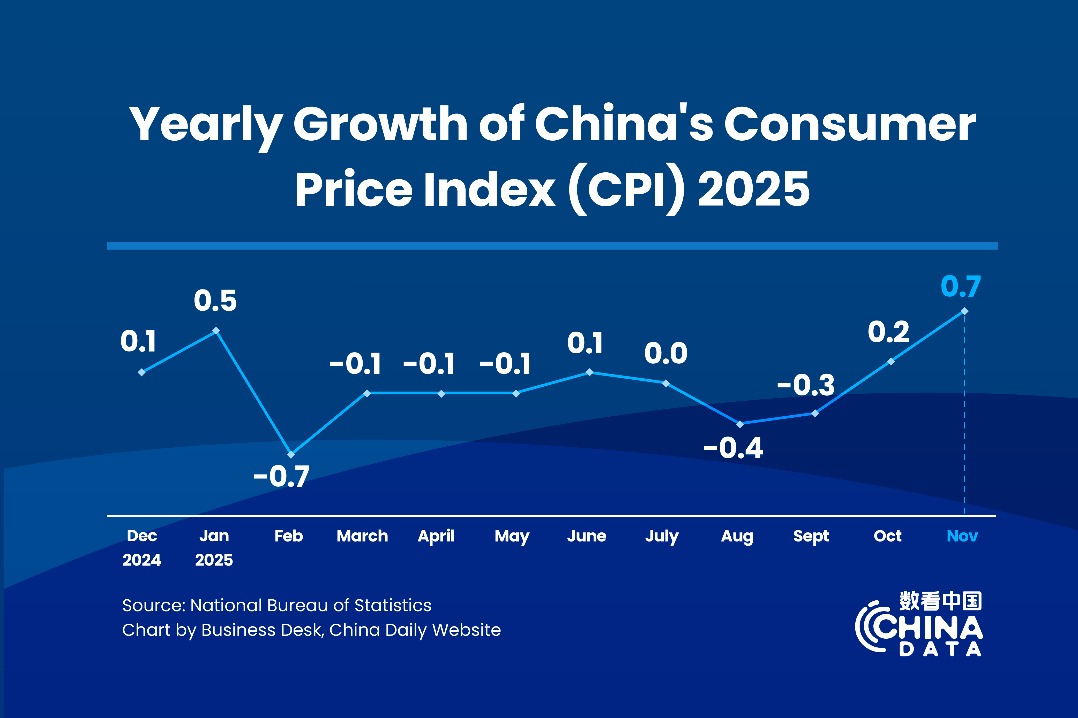Report: Chinese auto sector bright spot amid global woes


China continues to flex its muscles in the global automotive export market, with Russia remaining a stable source of demand for the nation amid the global tariff war affecting the industry, according to a report released by consulting firm AlixPartners.
The report noted that China's auto exports soared 23 percent year-on-year to 6.4 million passenger vehicles in 2024, more than 50 percent above second-ranked Japan, though it expects growth to moderate to 4 percent in 2025 as tariffs ripple through the market.
Russia and the Middle East remain key destinations for Chinese-origin goods and together accounted for 35 percent of exports last year, according to the report, surpassing the combined shipments to Europe and North America for the first time.
It forecast that Chinese brands will account for 30 percent of the global market by 2030, compared with 21 percent last year. The report surveyed hundreds of automotive executives around the world.
"China's car sales to Russia and Belarus have more than doubled over the past five years, insulating it in part from the volatility of tariffs," said Andrew Bergbaum, global leader of automotive and industrial practice at AlixPartners.
The US government imposed a 25 percent tariff on all cars imported into the United States starting April 3, raising concerns from global automakers, auto parts dealers and consumers.
According to the report, although recent tariffs by the US will increase the cost of China's vehicle and auto components exports by about 24 percent, or $46 billion, this represents only about 3.8 percent of China's total auto industry production value.
Growing exports have been accompanied by continuing growth in the domestic market, which the report forecast will grow by 4 percent year-on-year to 26.8 million vehicles in China in 2025, in sharp contrast to declines in other major markets.
Domestic growth in China is being driven by the rapid adoption of electric vehicles, increasingly with intelligent vehicle features such as autonomous driving systems, said the report, adding that EV sales are forecast to account for 54 percent of the domestic market in 2025.
China's new energy vehicles saw robust production and sales in the first four months of the year. NEV production surged 48.3 percent year-on-year to 4.42 million units in the January-April period, according to the China Association of Automobile Manufacturers.
During the period, NEV sales soared 46.2 percent year-on-year to 4.3 million units, accounting for 42.7 percent of total new vehicle sales during the period, according to CAAM data.
Zhang Xiang, a visiting professor at the engineering department of Huanghe Science and Technology University, said Chinese auto companies should speed up their globalization plan in emerging markets, and diversify their business layouts to reduce dependence on a single market and navigate challenges from Washington's tariff hikes.
By establishing production bases and procurement networks in diversified markets, these companies can make better use of local resources to reduce manufacturing costs and optimize the supply chain structure, Zhang noted.
Moreover, the domestic boom in China's electric and intelligent vehicle sales has changed the trajectory of the price war that started in 2023, with financial incentives and new features increasingly replacing discounts on retail prices, the report noted.
"Complementary intelligent driving features are emerging as a key competitive tool, further distinguishing China-brand offerings from overseas ones," said Yvette Zhang, a partner in automotive and industrial practice at AlixPartners.
The report said advanced driver assistance systems that are Level 2 and above were included on almost 60 percent of passenger vehicle sales in China last year, compared with fewer than 40 percent in the US. The penetration rate of these types of features are also set to increase ahead of other regions.
Chinese brands are leveraging unique advantages to pursue faster and cheaper intelligent driving solutions that are good enough to bring to market, and some global automakers are seeking to learn from them through new strategic partnerships, said Stephen Dyer, Asia leader of the automotive and industrial practice at AlixPartners.



































